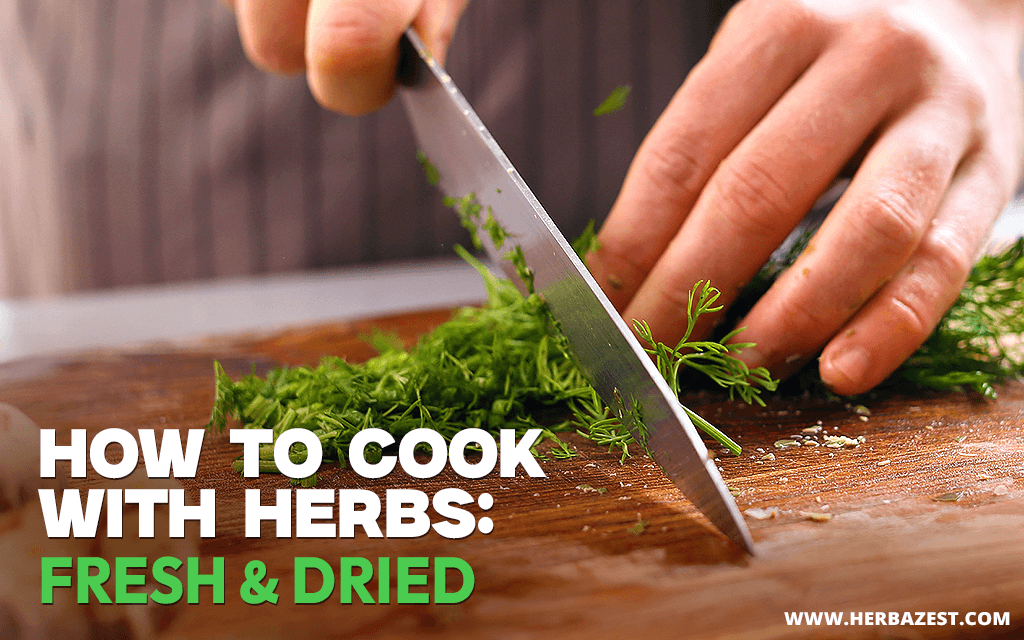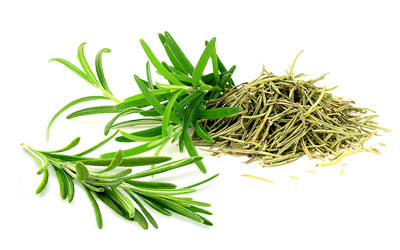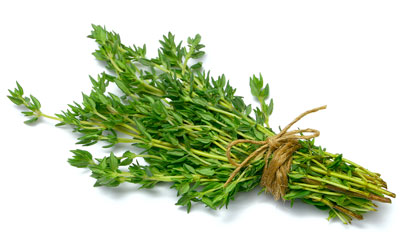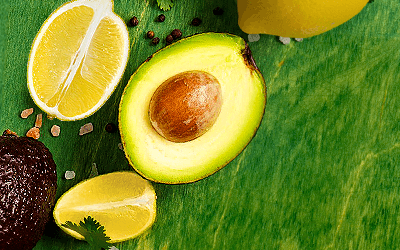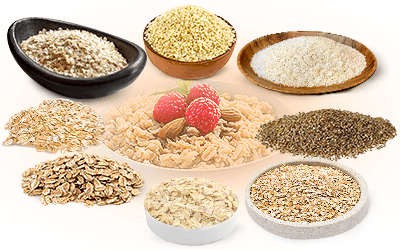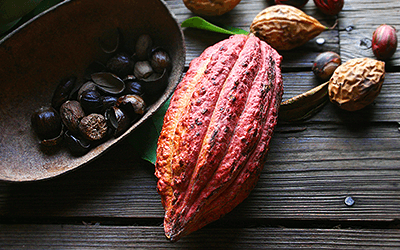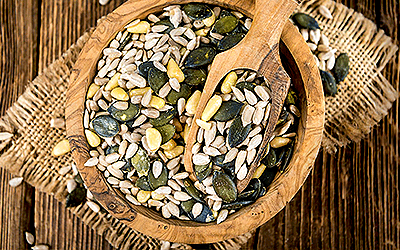Herbs have long been cherished for their culinary and medicinal properties, adding depth, flavor, and aroma to meals. Whether fresh or dried, herbs can elevate dishes in delicious and nutritious ways. However, mastering their usage is key to culinary success. Read on to explore the world of cooking with herbs and discover their attributes, benefits, and best uses.
Most Popular Culinary Herbs
Herbs, available year-round in both fresh and dried forms, are a cornerstone of culinary creations. Here are some of the most common herbs found in kitchens worldwide:
Basil. Known for its fragrant, sweet notes, basil harmonizes perfectly with Mediterranean cuisine, especially in tomato-based dishes like bruschetta.
Rosemary. Rosemary's robust, pine-like essence complements poultry and grilled vegetables, adding a Mediterranean flair to recipes.
Thyme. Thyme's subtle blend of earthiness and citrus enriches a spectrum of dishes, from hearty stews to delicate seafood.
Parsley. With its crisp, clean taste, parsley not only enhances flavor but also adds vibrancy as a garnish.
Cilantro. A staple in global cuisines, cilantro's zesty freshness enlivens dishes like salsa and curry.
Mint. Revered for its invigorating essence, mint's cooling properties enhance both sweet and savory creations.
Dill. Dill's delicate, feathery leaves impart subtle yet distinctive flavors, elevating sauces and pickled dishes.
Oregano. A Mediterranean essential, oregano's robust, peppery taste adds depth to pizza and pasta.
Bay laurel. Often overlooked, bay leaves lend a subtle, aromatic touch to slow-cooked dishes like soups and sauces.
Sage. Sage's earthy aroma and slightly bitter undertones impart distinct character to savory dishes, especially in stuffing and risotto.
Benefits of Adding Herbs to Meals
Adding herbs to everyday meals from breakfast and dinner to snacks and beverages offers numerous benefits, including the following:
Enhanced flavor. Beyond tantalizing taste buds, herbs offer a nuanced complexity to dishes, transforming mundane meals into culinary masterpieces.
Nutritional boost. Rich in antioxidants, vitamins, and minerals, herbs offer numerous health benefits, including reducing inflammation, promoting heart health, and more.1
Digestive aid. Certain herbs, such as basil and oregano, not only enhance flavor but also aid in digestion and promote gut health.
Versatility. From appetizers to desserts, herbs offer endless possibilities, catering to diverse palates and culinary preferences.
Using proper methods for storing herbs can enhance their benefits and ensure food safety.
How to Use Fresh vs. Dried Herbs
As a general rule, use about one-third the amount of dried herbs to replace fresh herbs called for in a recipe.2
While incorporating herbs into meals is generally straightforward, understanding the differences between fresh and dried herbs helps optimize their flavor and aroma in cooking.
Fresh Herbs
Fresh herbs like cilantro, parsley, and dill add a burst of flavor and aroma to dishes. They are best added towards the end of cooking or used as garnishes to preserve their flavors.
- Pros: Brighter flavors, vibrant colors, aromatic, ideal for quick-cooking dishes
- Cons: Short shelf life, may wilt quickly, seasonal availability
Dried Herbs
Dried herbs typically have a stronger flavor and aroma, so you'll need less of them as compared to fresh herbs. They work well in long-cooking dishes like stews and soups, where their flavors can meld and develop over time. To give dried herbs enough time to release their flavor, add them early in the cooking process.
- Pros: Longer shelf life, intense flavor, convenient and readily available
- Cons: Less vibrant in color, may lose potency over time if not stored properly
Tips for Adding Herbs to Everyday Meals
With their diverse range of flavors and aromas, herbs can present a challenge even to seasoned chefs. However, the following tips can help you incorporate them into your cooking:
Fresh garnishes. Sprinkle freshly chopped parsley or cilantro just before serving your dish to preserve their flavors and add freshness to the presentation.
Infused oils and vinegars. Steep fresh herbs like rosemary, thyme, or basil in olive oil or vinegar for added flavor in dressings and marinades.
Herb butter. Mix finely chopped fresh herbs into softened butter for a flavorful topping on grilled meat, roasted vegetables, or bread.
Herb pesto. Besides basil, experiment with other herbs like cilantro, mint, or parsley for a versatile pesto sauce.
Herb-infused water or tea. Add fresh herbs like mint or basil to water and infuse it in the fridge for a refreshing drink.
Herb salad dressings. Blend fresh herbs with olive oil, vinegar, mustard, and honey for a delicious dressing that elevates salads.
Exploring various herbs can elevate your culinary repertoire, introducing exciting flavor profiles to your dishes. Whether sourced from your flourishing herb garden or your pantry's dried reserves, herb-infused meals showcase a spectrum of flavors and culinary versatility, ensuring a gratifying dining experience with every bite.
Sources
- Journal of AOAC International, Health Benefits of Culinary Herbs and Spices, 2019
- Michigan State University, Cooking with herbs, 2013
- Mississippi State University, Cooking with Herbs, n.d.
- University of Arkansas, Cooking with Herbs Add Flavor, n.d.
- University of Florida, Cooking with fresh herbs, n.d.
- University of Utah, Cooking with herbs and spices, 2021
Footnotes:
- Better Health Channel. (n.d.). Herbs. Retrieved April 17, 2024, from https://www.betterhealth.vic.gov.au/health/healthyliving/herbs
- Colorado State University. (2012). Healthy Cooking with Herbs. Retrieved April 17, 2024, from https://extension.colostate.edu/docs/pubs/fammatrs/fm1201e.pdf

